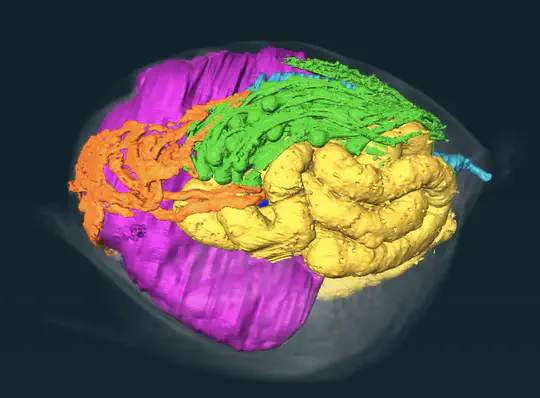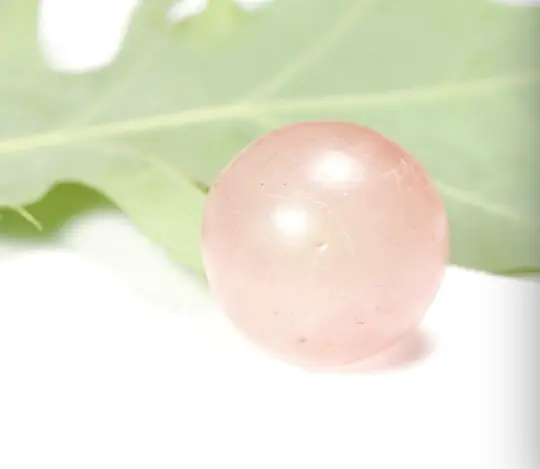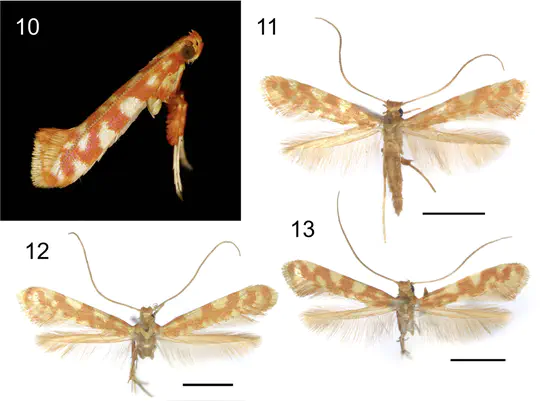Research
The main theme of my research is the evolution and chemical ecology of plant-insect interactions. I study the processes by which insects manipulate plant physiology and development, sometimes leading to the formation of structures known as galls. My work on this subject can be grouped into three interdependent lines of research. The first axis involves research into the molecular mechanisms involved in insect gall formation. The second axis involves studying the evolution of the gall life style and its adaptive consequences in insects. Finally, the third axis of my work involves the systematics of the Gracillariidae (Lepidoptera) and Cynipidae (Hymenoptera).
Mechanisms of gall-induction in Hymenoptera
First axis
Sequencing and analysis of the venom gland transcriptome of 13 species of Cynipid wasp in order to identify candidate genes for gall induction.
Cynipid venom glands are exceptionnally large, our study confirmed that this enlargement was linked with the transition to a gall-inducing lifestyle.
Evolution of galling in Hymenoptera
Second axis
Galling wasps deeply influence the chemistry of the gall tissues, sometimes leading to the accumulation of molecules dettering wasps enemies (tannins, malic acid…).
Myrmecophily exists in two forms in Oak gall wasps and has evolved multiple times independently.
Systematics and Taxonomy
Third axis
Studying the phylogeny of the superfamilly Cynipoideae.
Many species remain to be described in the Cynipini tribe, and - among the described species - many alternate generation remain to be identified.
Description of two nez species of gall-inducing micromoths (Gracillariidae) from New-Caledonia.






